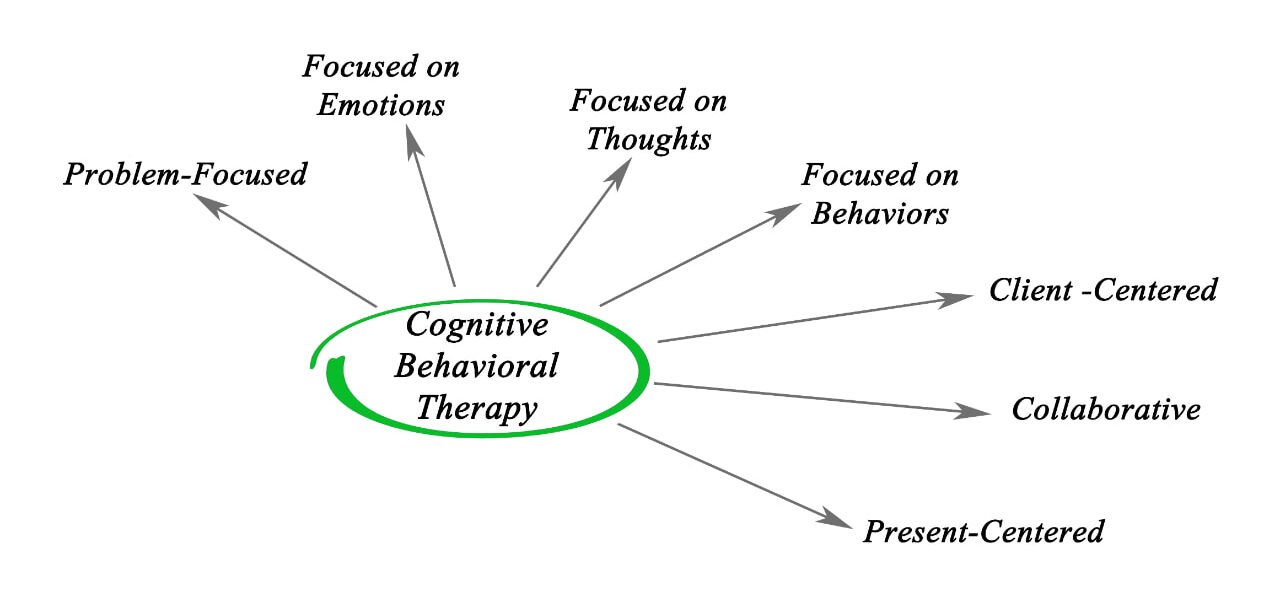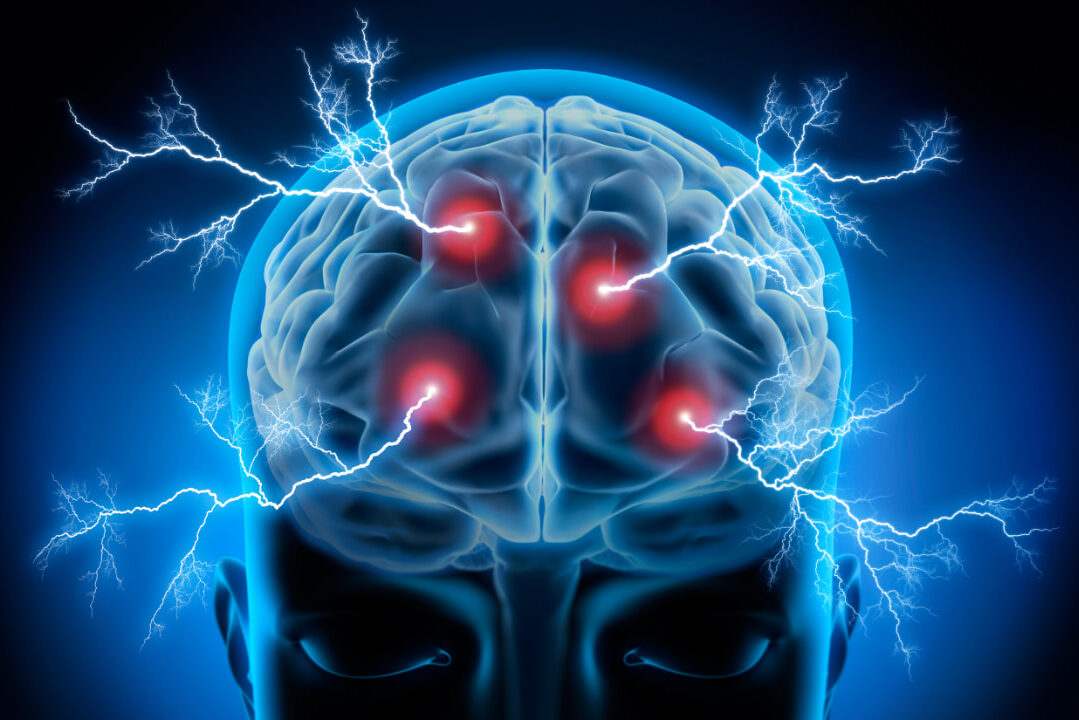Modalities
Your Path to Wellness


Acceptance and Commitment Therapy (ACT)
Acceptance and Commitment Therapy (ACT) is a contemporary therapeutic approach designed to help individuals embrace acceptance of their thoughts and feelings while committing to actions aligned with their values. Founded on the principles of mindfulness and behavioral therapy, ACT encourages individuals to acknowledge their emotions without judgment and make committed efforts toward living a meaningful life. In ACT, there is a focus on six core processes:
1. Cognitive Defusion:
Encourages individuals to observe and detach from their thoughts, reducing the impact of negative thinking patterns.
2. Acceptance:
Promotes the acceptance of difficult feelings and experiences rather than struggling against them, fostering psychological flexibility.
3. Present Moment Awareness:
Emphasizes mindfulness and being fully present in the current moment, enabling a deeper connection with one’s experiences.
4. Self-as-Context:
Encourages individuals to view themselves from a broader perspective, promoting a sense of identity beyond transient thoughts and emotions.
5. Values Clarification:
Assists in identifying and clarifying personal values, providing a compass for decision-making and goal setting.
6. Committed Action:
Guides individuals towards taking purposeful and value-driven actions, fostering behavioral changes aligned with their goals.
ACT is particularly effective for a range of mental health concerns, including anxiety, depression, and stress-related disorders. By combining acceptance and commitment, this therapeutic modality empowers individuals to navigate challenges, develop resilience, and lead a more fulfilling and purposeful life.
Cognitive-Behavioral Therapy (CBT)
Cognitive-Behavioral Therapy (CBT) is a widely practiced therapeutic approach that focuses on the relationship between thoughts, feelings, and behaviors. Rooted in the idea that our thoughts influence our emotions and actions, CBT is a goal-oriented and practical method designed to identify and challenge negative thought patterns, leading to positive behavioral changes. Key components of CBT include:
1. Cognitive Restructuring:
Involves identifying and challenging irrational or negative thoughts, replacing them with more balanced and constructive beliefs.
2. Behavioral Activation:
Encourages individuals to engage in positive and rewarding activities to counteract feelings of depression or lethargy.
3. Exposure Therapy:
Systematically confronts and desensitizes individuals to anxiety-provoking situations, helping them overcome fears and anxieties.
4. Skill-Building:
Equips individuals with practical coping skills and strategies to manage stress, anxiety, and other challenges effectively.
5. Problem-Solving Techniques:
Focuses on identifying and addressing specific problems or challenges, fostering a proactive and solution-oriented mindset.
6. Homework Assignments:
Involves activities or tasks assigned outside of therapy sessions to reinforce and apply the skills learned during sessions.
CBT is widely recognized for its effectiveness in treating various mental health issues, including anxiety disorders, depression, and stress-related conditions. By promoting self-awareness and empowering individuals with practical tools, CBT assists in breaking the cycle of negative thought patterns and fostering positive changes in behavior and emotional well-being.




Eye Movement Desensitization and Reprocessing (EMDR)
Eye Movement Desensitization and Reprocessing (EMDR) is a therapeutic approach developed to help individuals process and overcome distressing memories and experiences. Founded on the belief that unprocessed memories contribute to emotional and psychological difficulties, EMDR utilizes bilateral stimulation, typically in the form of guided eye movements, to facilitate the processing of traumatic memories. The key components of EMDR include:
1. Assessment and History-Taking:
The therapist collaborates with the individual to identify target memories and assess the associated negative beliefs and emotions.
2. Desensitization Phase:
During this phase, the individual focuses on the identified memory while engaging in bilateral stimulation, typically through side-to-side eye movements. This aids in desensitizing the emotional charge of the memory.
3. Installation Phase:
Positive beliefs are introduced and “installed” to replace negative beliefs associated with the traumatic memory, fostering a more adaptive and positive perspective.
4. Body Scan:
The therapist guides the individual in a body scan to identify and release any residual tension or physical discomfort associated with the targeted memory.
5. Closure:
Each session concludes with a debriefing and discussion to ensure the individual feels grounded and supported.
6. Re-evaluation:
Subsequent sessions involve reevaluating the progress and addressing any remaining aspects of the target memory until the distress is fully resolved.
EMDR is particularly effective in treating trauma-related conditions, such as post-traumatic stress disorder (PTSD), by promoting the adaptive processing of distressing memories. It allows individuals to reprocess traumatic experiences, leading to a reduction in emotional distress and the integration of more positive beliefs and emotions.
Solution-Focused Brief Therapy (SFBT)
Solution-Focused Brief Therapy (SFBT) is a goal-oriented and future-focused therapeutic approach that centers on identifying and amplifying an individual’s strengths and resources to create positive change. Rather than delving extensively into the root causes of problems, SFBT concentrates on finding solutions and building on existing capabilities. Key components of SFBT include:
1. Goal Setting:
SFBT begins with the collaborative establishment of clear and achievable goals. These goals serve as the foundation for the therapeutic process.
2. Solution Building:
Emphasizes exploring and building upon an individual’s existing strengths, skills, and positive experiences to devise practical and effective solutions.
3. Scaling Questions:
Utilizes scaling questions to gauge an individual’s perception of their progress and commitment toward achieving their goals, fostering self-reflection.
4. Exception Seeking:
Encourages clients to identify times when the issue at hand was less prominent or absent, allowing for a deeper understanding of what contributes to positive outcomes.
5. Miracle Question:
Poses a hypothetical scenario, asking individuals to envision how their life would be different if the problem were miraculously resolved, guiding them to articulate their desired future state.
6. Feedback-Informed Approach:
Embraces client feedback and collaboration to continually tailor the therapeutic process, ensuring it remains responsive to the individual’s evolving needs.
SFBT is particularly effective in brief interventions and has been successfully applied across various settings, including counseling, coaching, and organizational development. By focusing on solutions rather than dwelling on problems, SFBT empowers individuals to envision and work towards a positive and achievable future.


Have Questions?
Embarking on your well-being journey might bring up questions, and I’m here to provide the answers you’re looking for. Whether you’re curious about the therapeutic approaches I offer, specifics about sessions, or any other aspect of my services, don’t hesitate to reach out. Your well-being is my priority, and I welcome any inquiries you may have. Contact me, and let’s start a conversation tailored to address your unique needs and concerns.


